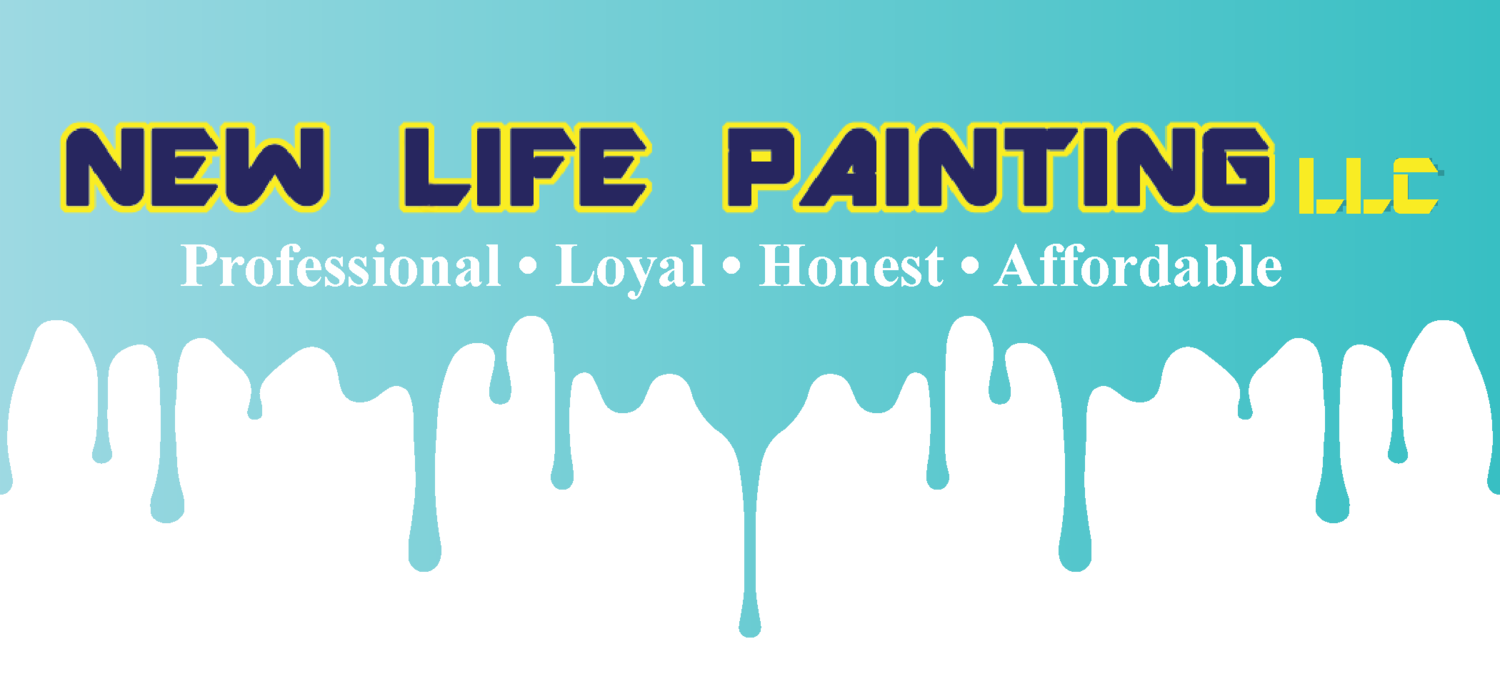What brand of paint is the best!
/Benjamin Moore and Sherwin-Williams at the top of J.D. Power's 2014 Paint Satisfaction Study.
Benjamin Moore & Co. took the top spot in interior paints for the fourth consecutive year, scoring even higher than it did in 2013. It was another feather in the cap of the Montvale, NJ, manufacturer, which dates to 1883 but does not rank among the top 10 paint and coating companies in terms of size.
The Sherwin-Williams Co. claimed the top position in exterior paints, which the annual survey included for the first time. The Cleveland-based paint and coatings maker is third in size worldwide.
Sherwin-Williams and Benjamin Moore show off their winning exterior and interior paints, respectively. The companies placed first in j.D. Power's 2014 Paint Satisfaction Survey, which included exterior paints for the first time.
Sherwin-Williams also took the No. 2 ranking for interior paints, while Benjamin Moore missed second place in the exteriors by a whisker-thin one point out of a possible 1,000.
BEHR, the well-known house brand of The Home Depot, rounded out the top three in both interior and exterior rankings.
PPG Industries' Pittsburgh Paint ranked fifth for interiors—the only brand of the world's largest paint and coating maker to make the top five of either category. AkzoNobel, now No. 2 worldwide, had no brands in the top five.
Performance + Experience
"The highest-performing paint brands in customer satisfaction also receive high ratings in the application experience across both interior and exterior product lines," according to the study, released April 16.
The 2014 study is based on responses from more than 8,690 customers from January through March who had bought and applied interior and/or exterior paint within the previous 12 months.
The 2014 Paint Satisfaction Study is based on responses from more than 8,690 customers who purchased and applied interior and/or exterior paint within the previous 12 months. The study was fielded in January through March 2014. - See more at: http://www.jdpower.com/press-releases/2014-paint-satisfaction-study#sthash.sauZJtk6.dpuf
Satisfaction with paint brands is based on customer evaluations that measure six key factors of the painting experience. They are, in alphabetical order, application, design guides, durability, price, product offerings, and warranty/guarantee.
“Paint brands that show a pattern of high customer satisfaction over time reap the benefits of customer loyalty,” said Christina Cooley, director of home improvement industries at J.D. Power, a longtime global analyst of the customer experience.
“A customer’s decision to purchase a specific paint brand is largely based on their prior experience with that brand, primarily regarding application, product offerings and durability.”
Satisfaction Rankings
Benjamin Moore ranked highest in customer satisfaction for interior paint brands with a score of 815—a 15-point increase from 2013. The company performed particularly well in application, durability and product offerings.
Sherwin-Williams took second place in interior paints, with a score of 808; BEHR came in third, with 802 points.
Overall customer satisfaction with interior paint brands was 795 on a 1,000-point scale—an increase of 16 points from 2013.
For exterior paint brands, Sherwin-Williams led the pack with a score of 819, performing well across all six factors. BEHR was second, with 804 points; Benjamin Moore was third, with 803.
Other Findings
J.D. Power also reported a number of other insights into how, why and when consumers choose and use paint. Among them:
Application—specifically, the adequacy of paint coverage—is the most important driver of customer satisfaction with interior and exterior paint, as reported by 34 percent of respondents in each group.
Seventy-eight percent of customers who purchased interior paint apply it themselves, as did 74 percent of buyers of exterior painjt.
More than 90 percent of customers who purchased interior or exterior paint (94 and 93 percent, respectively) indicated that the new color covered the previous color.
About half of customers do not use primer or paint with primer mixed in for their interior or exterior paint jobs (52 and 50 percent, respectively).
On average, customers apply two (actually, 1.67) coats of paint for both interior and exterior projects.
Customers paint the inside of their homes for a variety of reasons, including remodeling (28 percent), changing the color (27 percent), or because of the previous paint condition (26 percent). Exterior painting projects typically address existing paint in poor condition (65 percent).
Just 15 percent of customers who purchased interior paint used the Internet as an information resource to help with their project; 20 percent of exterior-paint buyers sought information on the Web.
Conclusion
In my experience I prefer whichever paint the customer wants and enjoy using Benjamin Moore and Sherwin-Williams equally the same. But I do like the fact that I can go into Sherwin Williams store in my neighborhood and they know me by first name and are eager and willing to help me find a product that best suit my customers needs.

